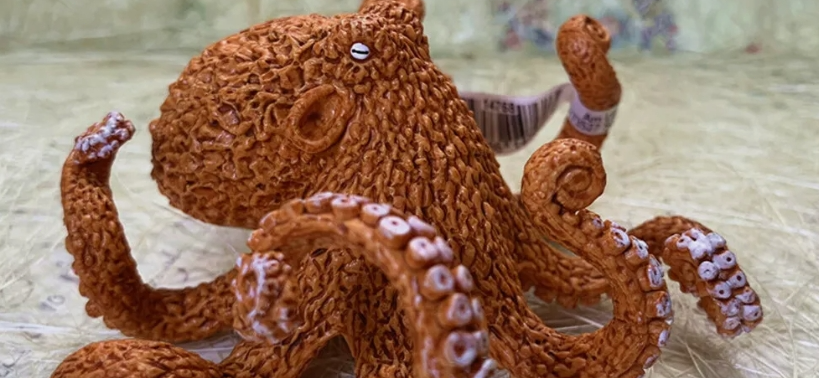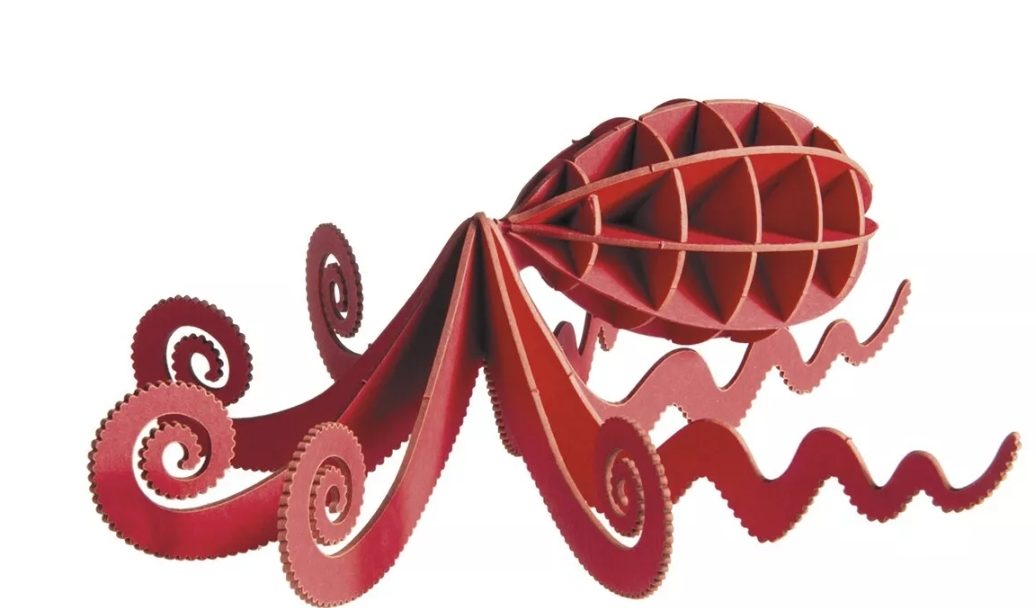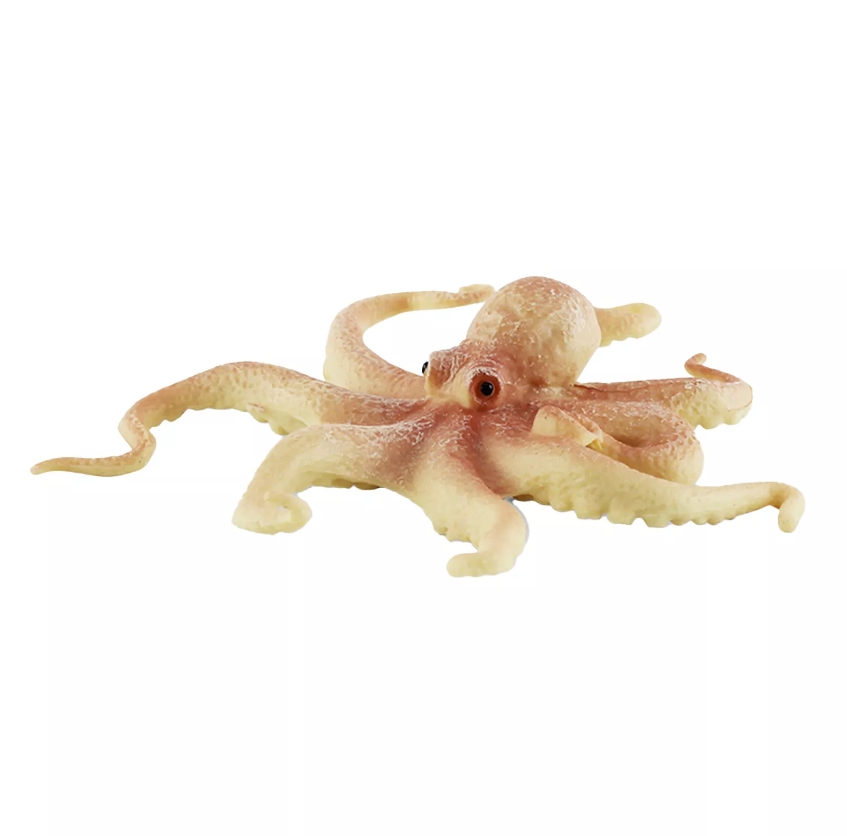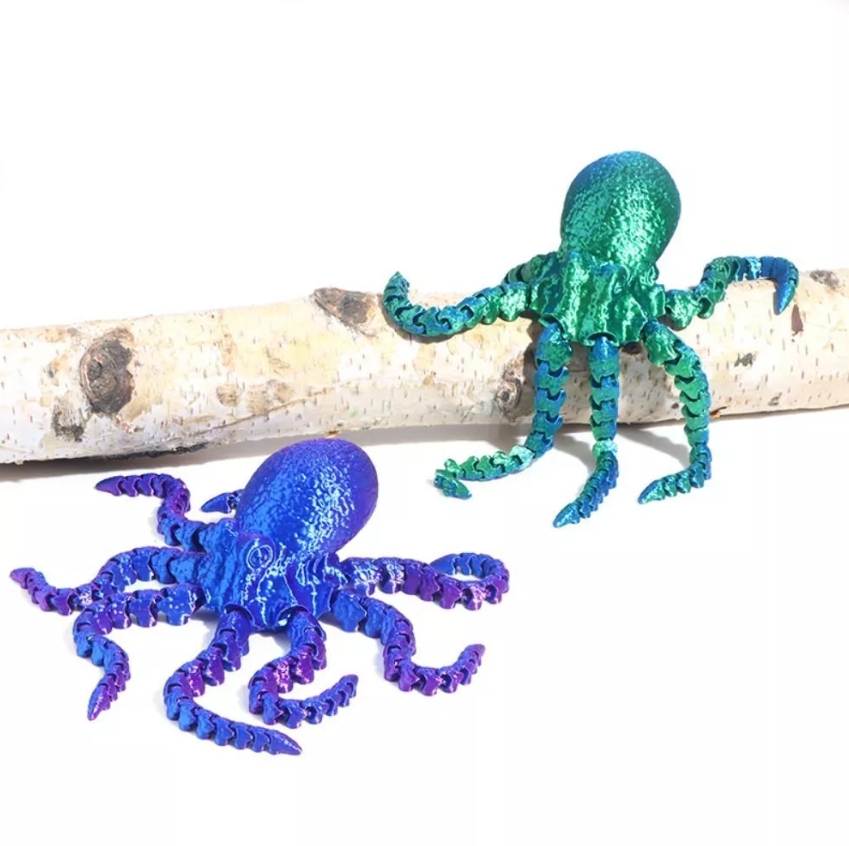The octopus model is a theoretical tool with wide applicability and is often used to explain the dynamic properties of complex systems. Based on the natural characteristics of the octopus, the model visualizes the interaction and coordination between different elements through the multi-tentacle mechanism. In many fields, octopus models help analyze and solve complex problems.
In scientific research, the octopus model embodies a flexible organizational structure. In this structure, each tentacle can represent an independent element or variable, and these tentacles, guided by the same center, can cooperate with each other to form a coordinated whole. This design allows the model to adapt to rapidly changing environments and challenges, to process multiple types of information at the same time and to react quickly.
In the field of economics, the octopus model is widely used to describe market dynamics and the relationships among its participants. Various factors in the market, such as consumer behavior, supply chain and the interaction between competitors, can be analyzed through the octopus model. Multiple factors interrelate and influence each other, thus affecting the final direction of the market. This model helps decision makers to formulate strategies and adjust their thinking in the complex market environment,and enhances their ability to cope with market fluctuations.
In the field of social science,the octopus model can deeply reveal the complexity of social structures. The interaction between different individuals or groups, information dissemination and other aspects can be described through this model. Through the analysis of these relationships,we can better understand the group behavior,the formation of social network and its development trend. This is of great significance for formulating public policies and improving social governance.




